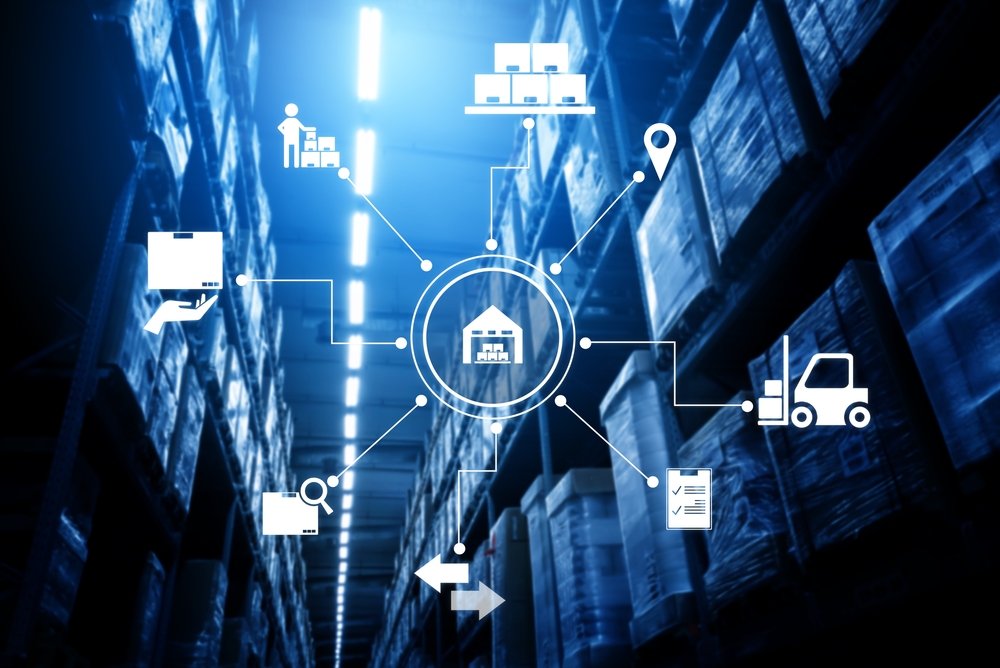In recent years, stakeholders throughout the supply chain — including manufacturers, retailers, and logistics services providers — have had to find new ways to remain efficient and adapt swiftly to an evolving economic environment. As 2020 brought the onset of the pandemic, businesses quickly realized that stay-at-home orders and tightened restrictions would fuel increased demand even as it became more difficult for supply chains to operate. As a result, many managers began looking for even more ways to incorporate digital logistics into their supply chains to keep up with the rapidly changing market.
Digital logistics involves the automation and digitization of processes related to the movement of goods. Unlike traditional logistics methods that have relied on spreadsheets, checklists, and manual processes, digital logistics uses web-based solutions that allow for more visibility, flexibility, and other key benefits throughout the supply chain, including:
- Improved supply chain transparency – Having insight into every moving part of the supply chain allows companies to identify potential risks, monitor them closely, and mitigate them before they impact and disrupt the supply chain.
- Increased access to logistics data – Organizing all logistics data into one centralized hub allows for all aspects of the supply chain to have instant access, helping processes run more efficiently.
- Enhanced workforce productivity – By removing some of the more tedious logistics tasks from employee to-do lists, such as inventory management, enterprises can free up time for workers to focus on other important activities.
- Increased customer satisfaction – By implementing digital logistics solutions, retailers are ultimately able to enhance visibility and speed up delivery times, creating happier and more loyal consumers.
It is also important to note that all types of supply chain logistics can benefit from the incorporation of digital logistics tools and processes, including:
- Inbound logistics: Digitizing inbound logistics allows for accurate real-time data regarding inventory.
- Outbound logistics: Digital outbound logistics processes increase the chance of timely and accurate order fulfillment.
- Reverse logistics: Implementing digital solutions into reverse logistics allows for what can be a typically tedious process to run more smoothly.
Digital Logistics Technologies
Internet of Things (IoT)
The Internet of Things refers to a network of connected tools, devices, and shipping assets that share data over the Internet with other devices. In logistics, data exchange via IoT allows for monitoring fleets, ensuring proper inventory storage and quantities, and preparing accurate delivery time estimations. It can also improve track-and-trace activities and warehouse automation when paired with smart shipping platforms, such as RFID-enabled pallets.
Artificial Intelligence and Machine Learning
Artificial intelligence (AI) and machine learning are on the rise as tools to assist companies throughout the supply chain become more adept at predicting and planning. The uses of these solutions throughout the logistics environment include route optimization and autonomous guided vehicles – both allowing for streamlined processes and enhanced delivery processes.
At a time when consumer demand is at an all-time high and the pressure is on manufacturers, retailers, and logistics companies to operate swiftly and effectively, it is imperative that these digital advances be assessed and incorporated in appropriate ways. Enterprises that effectively employ digital logistics solutions throughout their supply chain will retain, and even enhance their competitive edge.
Companies committed to the effective use of digital logistics rely on iGPS plastic pallets for all their shipping needs. Our lightweight, recyclable plastic pallets incorporate RFID technology, making them traceable throughout a supply chain. For more information, contact us at 1-866-557-0047, email a specialist at switch@igps.net, or visit our contact page



